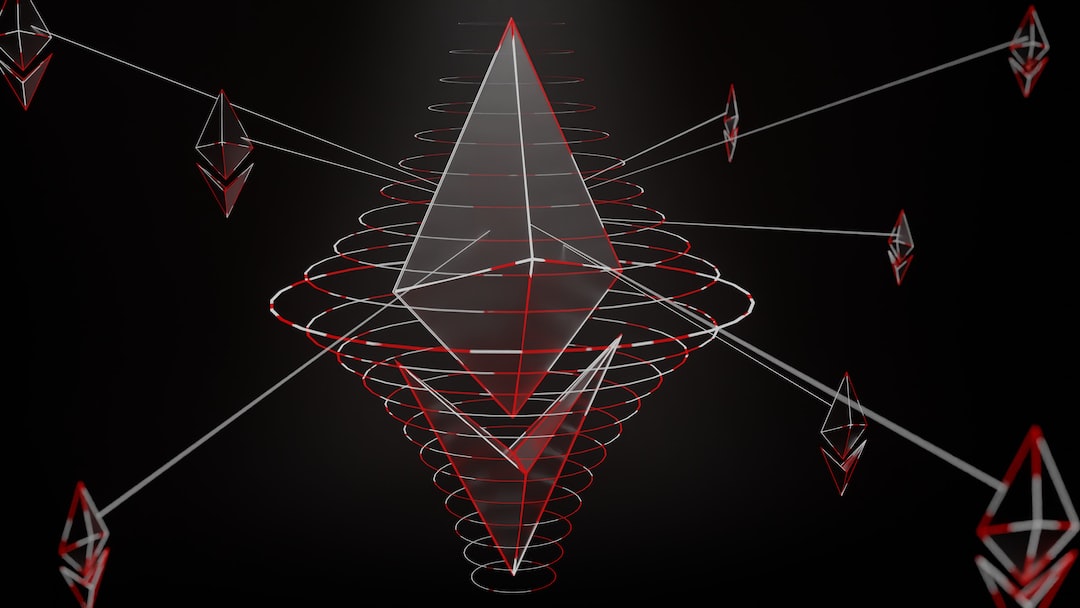Ethereum Founder Vitalik Buterin Discusses Layer 2 Solutions on Ethereum Blockchain
Ethereum founder, Vitalik Buterin, recently wrote a detailed post on October 31, 2023, exploring the intricacies of Layer 2 (L2) solutions on the Ethereum blockchain. He praised the rapid growth of the L2 ecosystem, particularly the ZK-EVM rollup segment, which includes projects like StarkNet, Arbitrum, Optimism, and Scroll. Buterin commended the advancements in security and recommended using L2beat as a resource for tracking project progress.
The Growing Heterogeneity within L2 Projects
Buterin observed a growing diversity among L2 projects driven by various factors:
1. Independent Layer 1 (L1) Projects Aligning with Ethereum
L1 projects are seeking closer alignment with Ethereum while being cautious not to compromise usability or lose momentum.
2. Centralized Projects Exploring Blockchain
Centralized projects are exploring blockchain technology for enhanced security.
3. Non-Financial Applications Eyeing Decentralization
Non-financial applications such as games and social media platforms are considering decentralization with a balanced approach to security based on their activities’ nature and value.
The Challenge of Transitioning to L2 Solutions
Buterin emphasized that while current Ethereum L1 users may tolerate moderate rollup fees, newcomers from non-blockchain backgrounds are unlikely to accept any fees when transitioning from a no-fee environment.
Evaluating Rollups, Validiums, and Disconnected Systems
Buterin discussed the trade-offs between Rollups, Validiums, and Disconnected Systems, focusing on their security and scalability aspects. He presented a comparative chart to explain the technology properties, security guarantees, and costs associated with each system type.
Exploring Intermediate Solutions
Buterin also introduced intermediate solutions like a validating bridge and discussed the cost of Ethereum’s native data availability versus an application’s needs. This cost consideration ultimately influences the choice between different L2 solutions.
The Concept of Pre-Confirmations
Buterin introduced the concept of “pre-confirmations,” which provide partial guarantees for the order and post-state root of transactions. This offers a lower-security, low-latency solution for low-value, high-frequency applications within the same ecosystem that accommodates high-security, high-latency applications.
Trustless Reading of the Ethereum Blockchain
Buterin emphasized the importance of a system’s ability to trustlessly read the Ethereum blockchain and the security implications it entails. He proposed two solutions: ensuring the top chain reads only finalized blocks or allowing the top chain to revert if Ethereum reverts.
Transforming Chains into Validiums
Buterin discussed transforming a separate chain into a Validium through a two-way validating bridge. However, he noted that addressing exceptional scenarios like 51% attacks or hard fork upgrades on Ethereum requires a social commitment.
The Importance of Security in Withdrawing and Reading Ethereum
In conclusion, Buterin explored two key dimensions of connectedness to Ethereum: the security of withdrawing to Ethereum and the security of reading Ethereum. He recognized the value of projects across different regions within this design space and advocated for transitioning from looser to tighter couplings with Ethereum as technology evolves over time.
Hot Take: The Evolution of Layer 2 Solutions
Vitalik Buterin’s detailed exploration of Layer 2 solutions on the Ethereum blockchain highlights the growing diversity and advancements in this space. As L1 and L2 projects align more closely, while maintaining usability and security, Ethereum’s ecosystem is poised for continued growth. The introduction of intermediate solutions, such as validating bridges and pre-confirmations, offers flexibility for different types of applications. However, addressing exceptional scenarios and ensuring trustless reading of the blockchain remain important challenges. By considering security aspects when transitioning between L1 and L2, Ethereum can continue to evolve and attract a wider range of users and use cases.





 By
By
 By
By
 By
By
 By
By
 By
By
 By
By